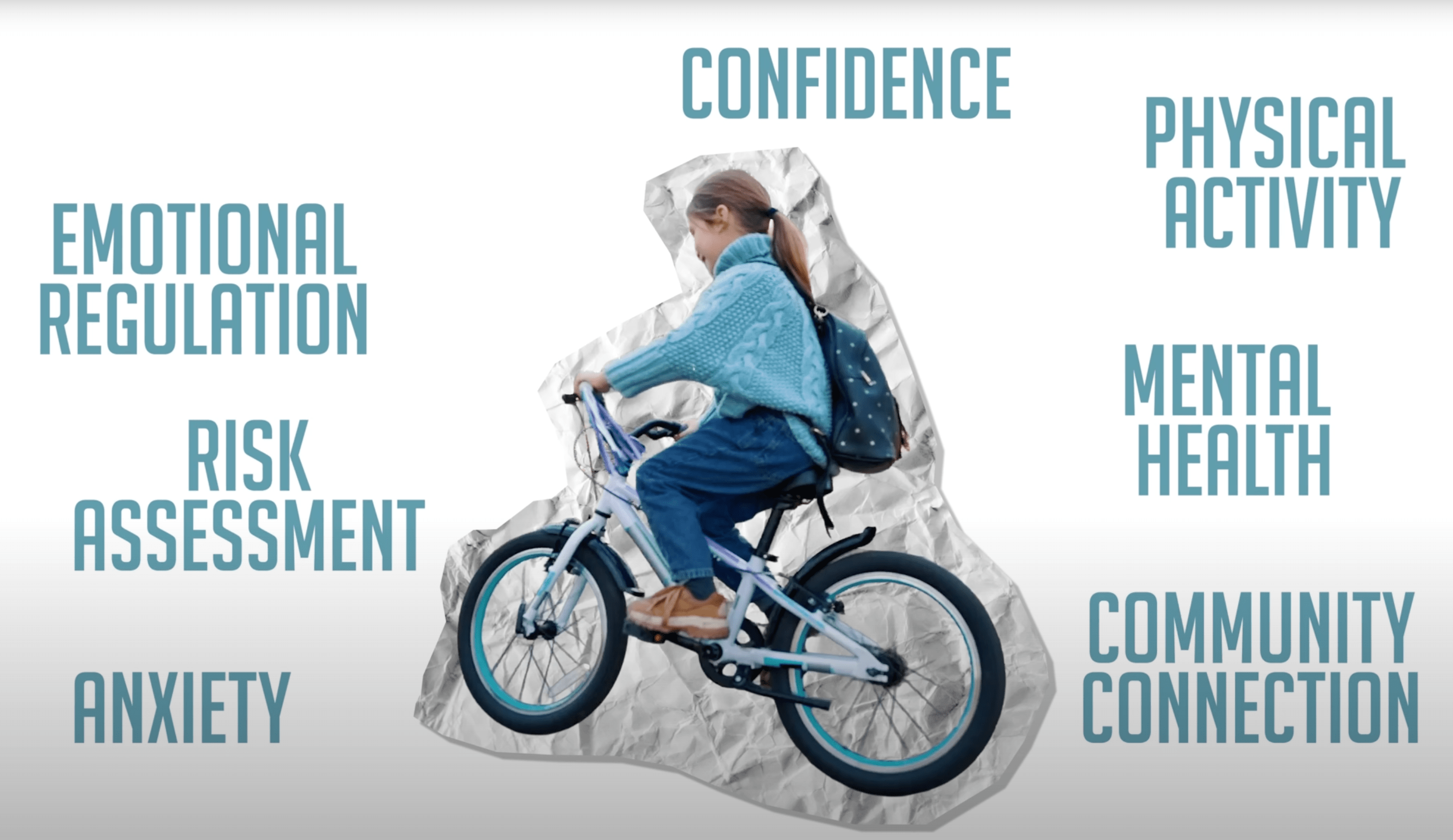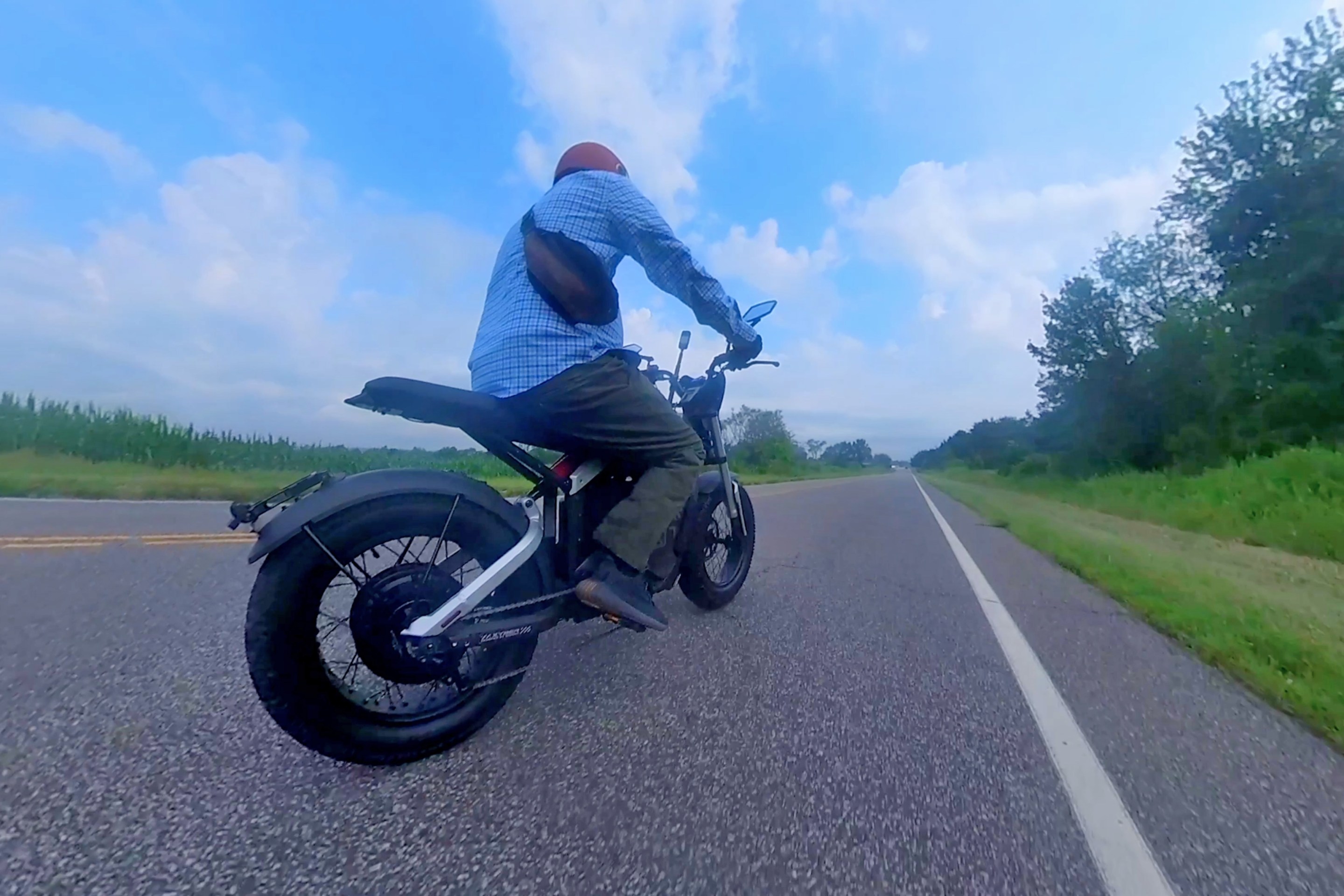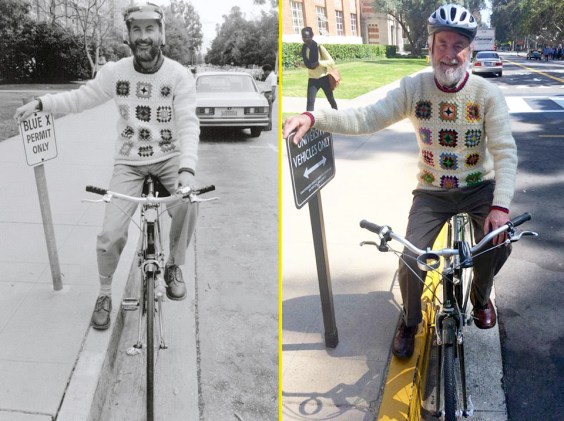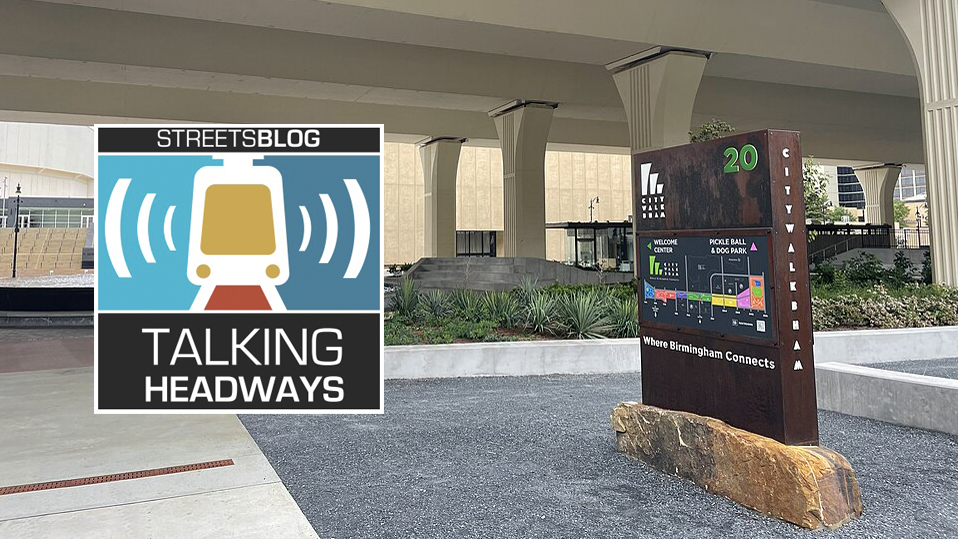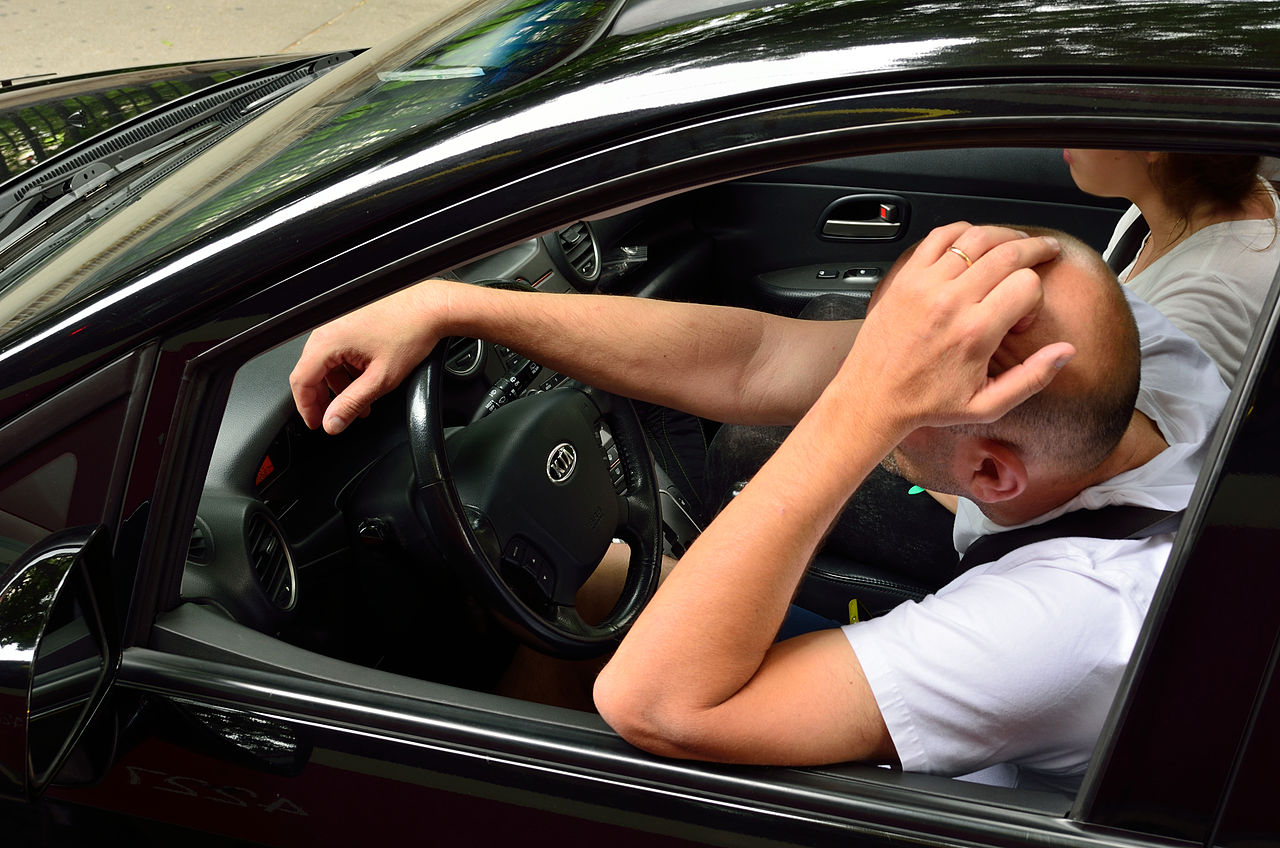
Michael Andersen blogs for The Green Lane Project, a PeopleForBikes program that helps U.S. cities build better bike lanes to create low-stress streets.
You may have heard that London has just approved a spectacular crosstown protected bike lane. But another part of its plan has, ironically, gotten little press in the United States.
As London's regional government begins what may be the biggest municipal bicycling investment in the history of Europe, it's setting aside $140 million for the suburbs.
"Cycling is, I think the secret weapon of suburban sustainable transport," says Transport for London Director of Surface Strategy and Planning Ben Plowden. "It is much more like car travel than transit is."
It's almost impossible to build car-lite suburbs with transit alone
In the United Kingdom as in the United States, efforts to reduce car dependence have relied mostly on the biggest tool in the shed: transit.
In London and New York, transit reigns supreme. The cities' woven grids of bus and rail lines carry the overwhelming share of non-car trips in each city.
But in smaller cities and suburbs, transit needs help. With further to walk to each bus stop, fewer people ride. With fewer riders, buses run empty and it becomes cripplingly expensive for agencies to run them frequently. With infrequent buses, even short transit trips can take hours.
It's a situation familiar to anyone who's ridden transit in a U.S. suburb or small city -- let alone tried to balance the budget of a suburban transit agency.
"You're not going to have a $125 an hour bus with 43 seats coming through all these cul-de-sacs," said David Bragdon, a former New York City sustainability chief who now runs Transit Center, a transit-focused policy nonprofit. "It just doesn't work."
That's why London, working to stave off congestion as its population keeps climbing, is looking hard for better ways to improve suburban transit. And that's what led its transport agency to the bicycle.
In many suburbs, bikes already carry 15 percent of transit ridership or more
The potential for bicycling in the suburbs, says Plowden, is mathematical.
London's streets already carry 600,000 bike trips a day, he notes, about 20 percent of the entire London Underground.
"This is already a mass transit mode," said Plowden, speaking last week at a Transit Center-sponsored event in the Portland suburb of Beaverton. "It's a much cheaper way of getting people around the city than rail transit, certainly, per passenger-kilometer… because they bring their own equipment."
Those ratios aren't unlike those in many U.S. cities, including suburbs. In greater Denver, bikes already carry 22 percent as many commuters as the bus and rail network. In greater Indianapolis, it's 30 percent; in greater New Orleans, 31 percent; in greater Portland, 36 percent.
Even in Beaverton, an auto-oriented suburb that straddles the Portland region's most-ridden rail line, bikes carry 24 percent as many commuters as transit.
Plowden's argument isn't that transit is a bad investment. Transport for London is proud that 94 percent of metro-area residents now live within 400 meters of a bus stop. Thanks to service improvements, London bus ridership has been rising fast.
Faster, in fact, than every mode except one: the bicycle.
Europe's lesson: Bikes enable suburban transit ridership

Among rich countries, the best places for biking -- Amsterdam, Denmark, Germany -- are also among the best places for transit.
These countries design their suburbs so local trips can be done by foot and bike as well as by car. Trips into the city, meanwhile, often use the train or bus.
The key to the system: Once biking becomes easy in the suburbs, it also becomes easy to make a short bike trip to a train station. That can break the vicious cycle of low suburban transit ridership.
"One of the biggest challenges for conventional transit in this country is first/last mile," said Bragdon. "You can run this good light rail service every 10 minutes on this trunk line, but people are still low-density. Biking, I think, is a real practical solution to that problem."
Plowden agrees. His agency is dedicating 10 percent of its massive $1.4 billion biking improvement budget over the next 10 years on a trio of what it calls "mini-Hollands," suburbs that will be dramatically redesigned for biking.
"They are spending sums of money that you would never have contemplated spending in an Outer London borough," Plowden said.
Plowden's agency calculates that Outer London's boroughs, the suburban areas developed mostly in the 20th century, contain 60 percent of London's population and half its potential bike trips: trips of several miles currently taken in cars that people are physically able to bike.
Plowden said that if bikes can be made a viable option for those trips, a century's worth of suburbs, in the States as well as Britain, can be freed from their overwhelming dependence on cars.
"It provides the opportunity to meet those more complex suburban journeys," he said.
You can follow The Green Lane Project on LinkedIn, Twitter and Facebook or sign up for its weekly news digest about protected bike lanes.

